As the temperatures drop and daylight hours shorten, it’s not just people who feel the effects of winter — indoor plants also go through seasonal changes. While they’re shielded from frost and snow inside your home, the cool drafts, dry air, low light, and shifting humidity levels can still impact their health.
Fortunately, with a few simple adjustments, you can keep your indoor plants healthy, vibrant, and thriving through the coldest months of the year. This detailed guide shares the essential winter care tips for your indoor plants — from watering and lighting to humidity and pest prevention.
Why Do Indoor Plants Struggle in Winter?
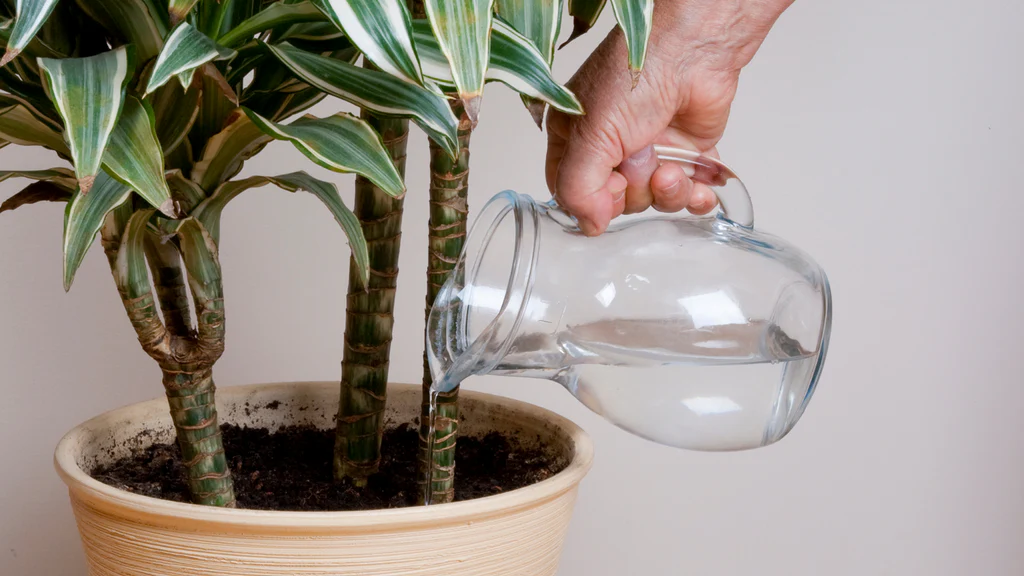
Winter conditions create several challenges for houseplants:
- Reduced daylight hours limit photosynthesis.
- Dry indoor air from heaters lowers humidity levels.
- Cooler temperatures slow down growth.
- Overwatering risks increase as plants need less moisture.
Without proper adjustments, these factors can lead to yellowing leaves, stunted growth, leaf drop, and even plant death. But a little attention and care can make a big difference.
Essential Winter Care Tips for Indoor Plants
Adjust Watering Habits
One of the most important winter care changes is modifying your watering routine.
Why?
Plants grow more slowly in cooler months, meaning they require less water. Overwatering during winter is a common mistake that can lead to root rot.
Tips:
- Check the soil before watering. Stick your finger 1–2 inches into the soil — only water if it feels dry.
- Water less frequently but thoroughly when needed.
- Ensure pots have drainage holes to prevent soggy soil.
- Use room-temperature water to avoid shocking roots.
Signs of overwatering: Yellow leaves, mushy stems, and mold on soil surface.
Maximize Available Light
With fewer hours of natural sunlight in winter, indoor plants can struggle to photosynthesize.
Tips:
- Move plants closer to south- or west-facing windows where they can catch more light.
- Rotate pots regularly for even growth.
- Clean windows and dust leaves to maximize light absorption.
- Use grow lights or full-spectrum LED lamps if natural light is insufficient — especially for tropical or sun-loving plants.
Pro tip: Place mirrors near plants to reflect extra light onto them.
Maintain Humidity Levels
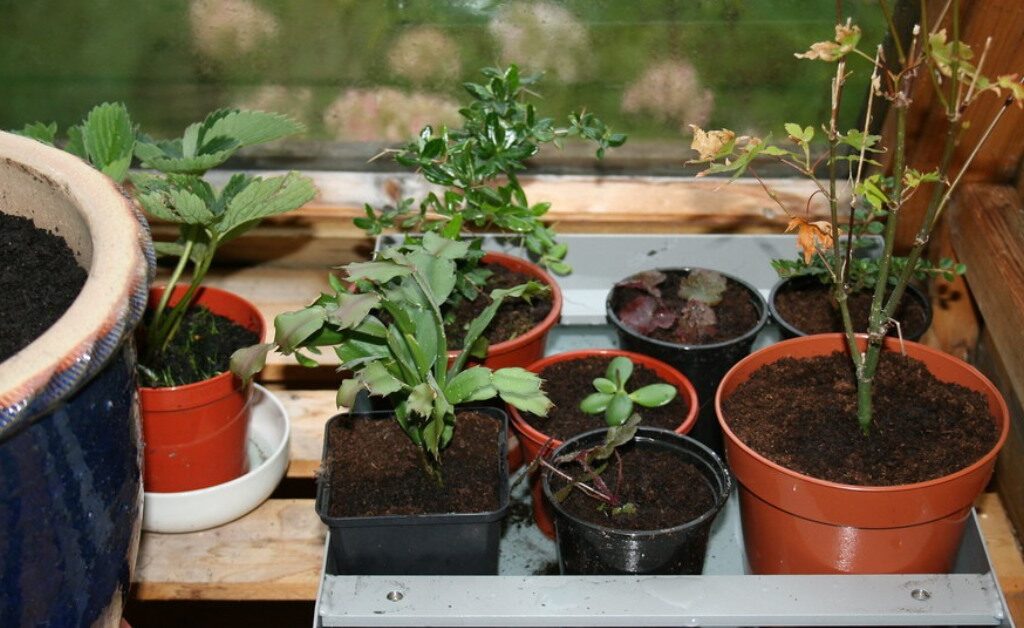
Indoor heating systems dry out the air, which can harm humidity-loving plants like ferns, calatheas, and peace lilies.
Ways to increase humidity:
- Group plants together to create a microclimate.
- Place a tray filled with water and pebbles under plant pots.
- Use a room humidifier.
- Mist plants regularly (only in the morning to avoid overnight dampness).
Ideal humidity for most houseplants: 40–60%.
Keep Plants Away from Drafts and Heat Sources
Cold drafts and sudden temperature drops from open windows, exterior doors, or poorly insulated areas can stress plants.
Tips:
- Relocate plants away from drafty windows, exterior doors, and radiators.
- Avoid placing plants on top of or too close to heaters and vents.
- Maintain a consistent indoor temperature between 60–75°F (15–24°C).
Pause or Reduce Fertilizing

During winter, most houseplants enter a semi-dormant phase where growth slows down, and nutrient requirements decrease.
Tips:
- Stop or reduce feeding to once every 6–8 weeks.
- Use a half-strength diluted liquid fertilizer if necessary.
- Resume regular feeding in early spring when new growth appears.
Over-fertilizing during dormancy can lead to salt buildup and root damage.
Monitor for Pests
Winter’s dry indoor conditions can invite pests like spider mites, fungus gnats, and scale insects.
Prevention tips:
- Inspect plants weekly for signs of pests: sticky leaves, fine webs, or tiny moving dots.
- Quarantine new or infested plants.
- Wipe leaves with a damp cloth.
- Use natural remedies like neem oil spray or insecticidal soap for infestations.
Pro tip: Overwatering encourages fungus gnats — allow the topsoil to dry out between waterings.
Prune Dead or Yellowing Leaves
Regularly removing dead or yellowing foliage helps improve air circulation and prevent mold and pests.
Tips:
- Use clean, sharp scissors or pruning shears.
- Cut brown or yellow leaves at the base of the stem.
- Don’t over-prune; only remove what’s necessary.
Pruning also encourages healthier new growth once spring arrives.
Refrain from Repotting
Winter isn’t the ideal time for repotting because most plants are semi-dormant and can become stressed by soil or pot changes.
Exceptions:
Repot only if a plant is severely root-bound, diseased, or waterlogged.
Best practice:
Wait until early spring when plants resume active growth.
Best Indoor Plants for Winter Months
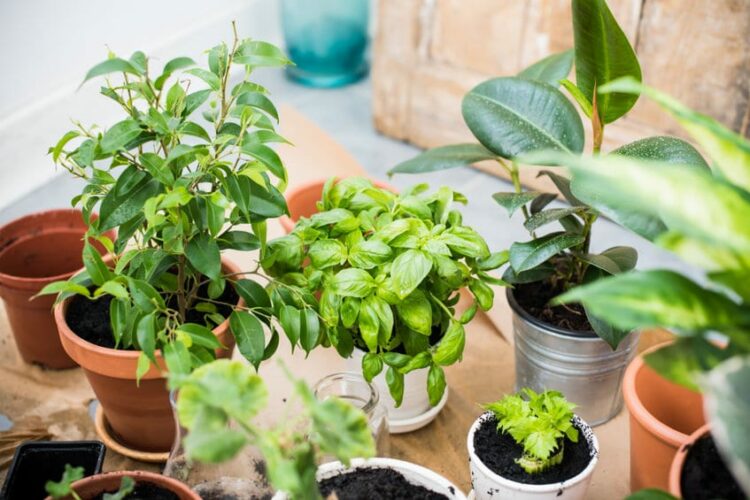
Some houseplants naturally tolerate low light and dry air better than others. Great winter-friendly options include:
- Snake Plant (Sansevieria)
- ZZ Plant (Zamioculcas zamiifolia)
- Pothos (Epipremnum aureum)
- Peace Lily (Spathiphyllum)
- Spider Plant (Chlorophytum comosum)
- Dracaena
- Aloe Vera
These hardy plants make excellent companions during the colder months with minimal fuss.
Creative Winter Plant Care Ideas
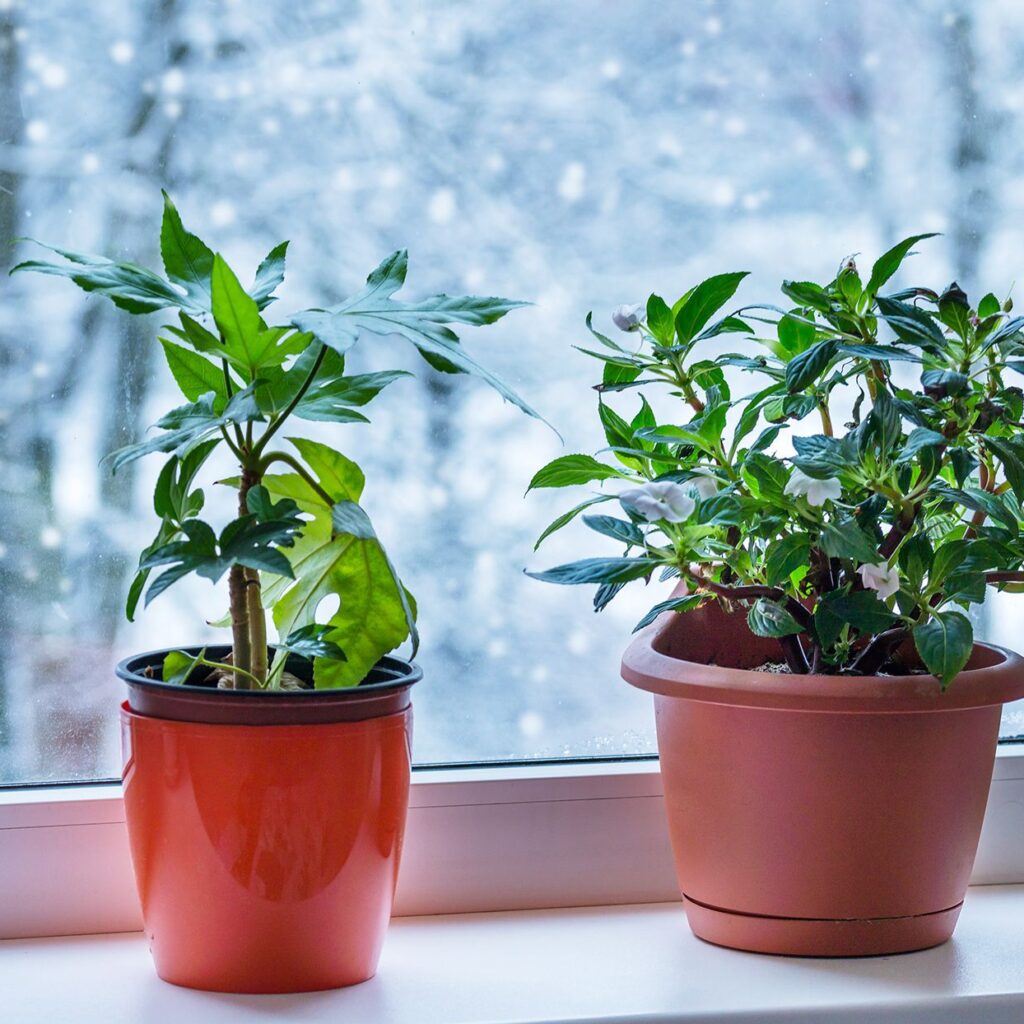
Create a mini indoor jungle near a bright window for visual warmth and natural humidity.
Use terrariums or glass cloches to protect delicate plants and retain moisture.
Add LED fairy lights or string lights around plant shelves for a cozy winter ambiance.
Display small plants on window sills, wall shelves, or hanging planters to maximize limited light.
Final Thoughts
Caring for indoor plants in winter requires small, thoughtful changes — adjusting watering, managing light, increasing humidity, and staying vigilant for pests. With these simple but effective winter care tips, your houseplants will stay healthy, green, and gorgeous, bringing warmth and life to your home even on the coldest days.
So cozy up, adjust your plant routine, and let your indoor greenery thrive this winter!

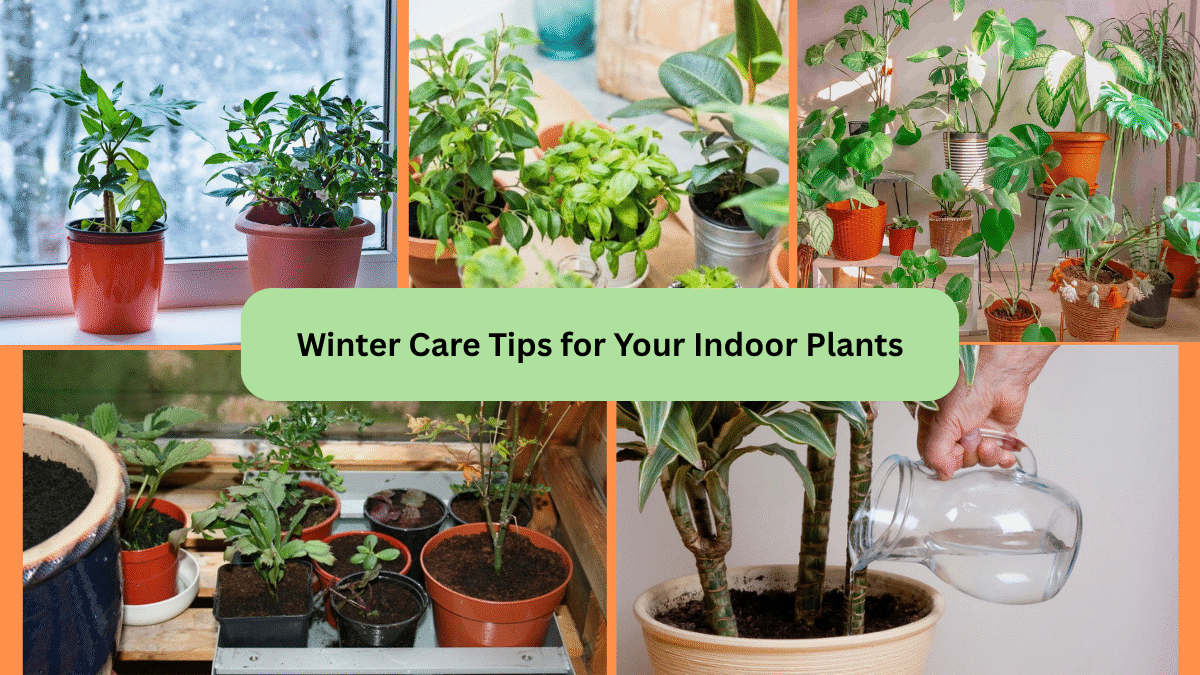
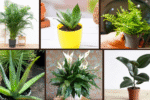
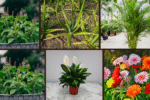


Leave A Comment